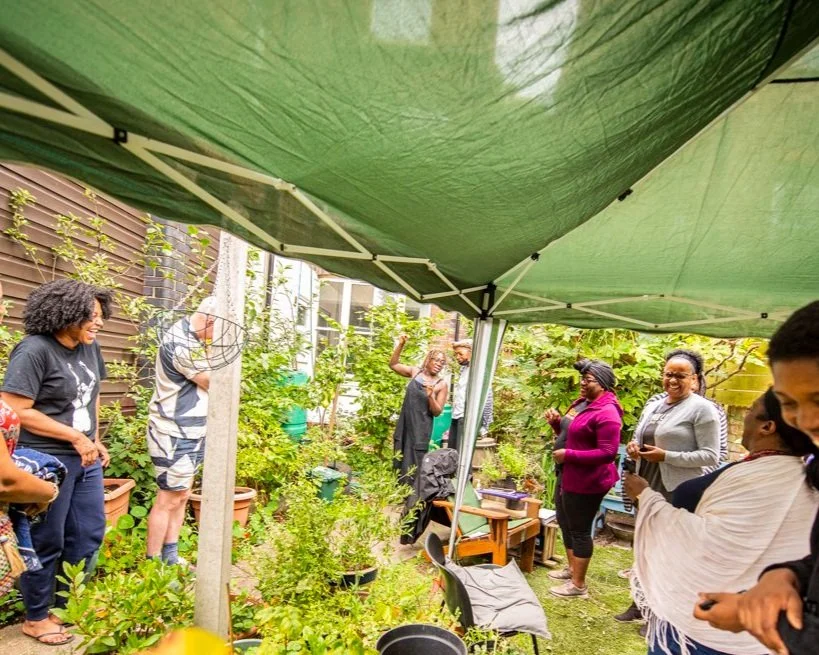MADEYOULOOK | Ejaradini
Image circa 1950 © Ronald Ngilima Archive
Primary are hosting the second iteration of the Ejaradini project between 2020-2022.
LAUNCH EVENT: Saturday 9 April, 1pm onwards
EXHIBITION: April - September 2022
OPENING TIMES: Everyday on Ilkeston Road. To fully access Ejaradini: Saturday, 9am - 5pm, or by appointment
LOCATION: Primary’s Plinth Façade
Ejaradini is an art installation and garden created by South African artist collaborative MADEYOULOOK (Molemo Moiloa and Nare Mokgotho). The exhibition features archival images, plants, and text on the façade of Primary. Ejaradini reflects on Black urban gardening, land, and plant life in South Africa and Britain through visual and nature-based storytelling.
The idea for this garden was developed from research gathered on South African urban Black gardening practices, both historical and contemporary. To MADEYOULOOK, the township garden is a claim of landedness and of relation, in places where belonging cannot be assumed. The township garden makes space for personalised labour and for individual time. Township gardens are, for many who plant them, a source of food, of pleasure and of refuge.
We built this garden as a kind of sanctuary from the conversations with both South African and British gardeners of colour. It is a model, taken from township gardens, for how people might create their own space-time, individually and communally. This garden is yours, and yours to use, to spend time in, in whatever way suits you.

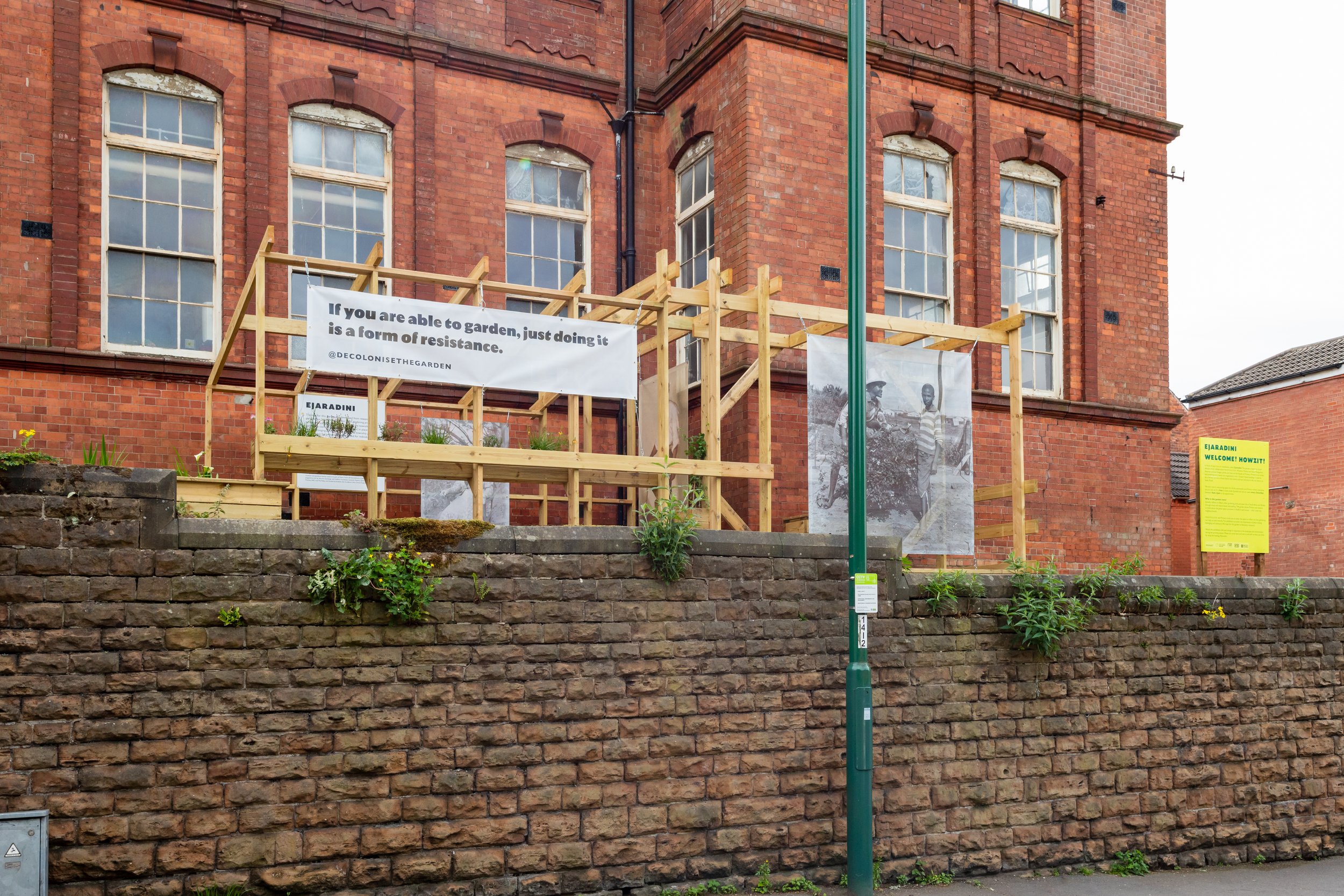
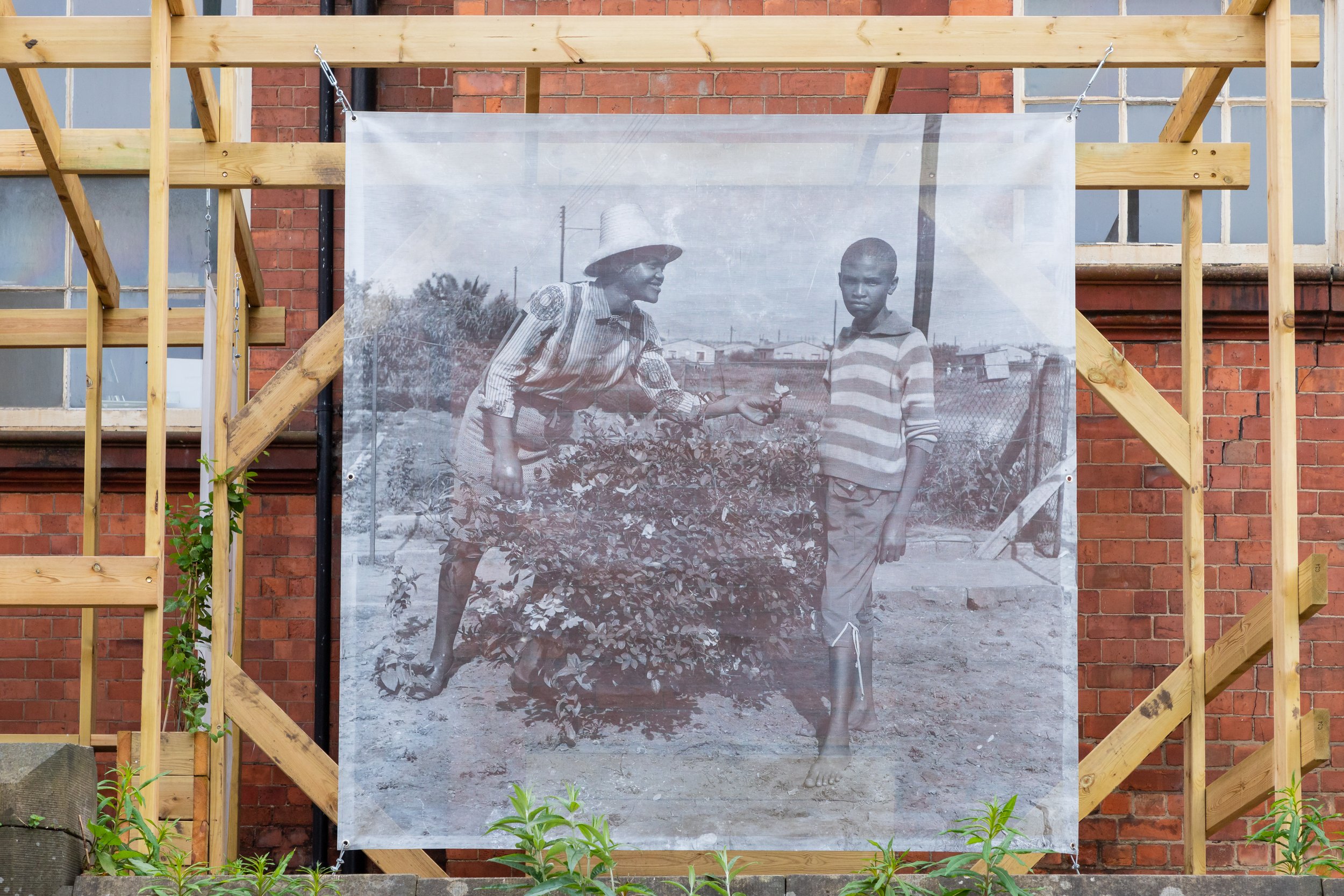
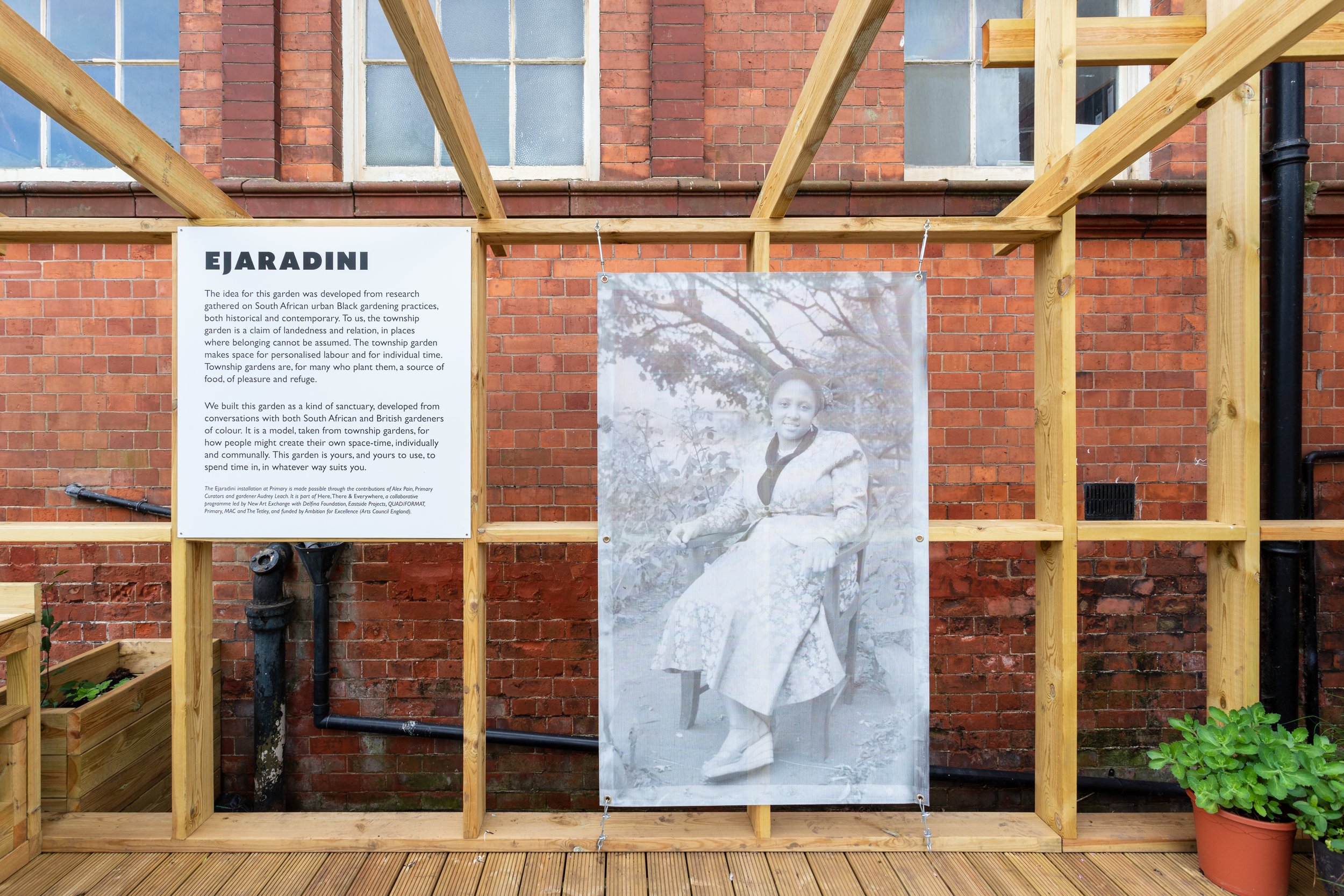
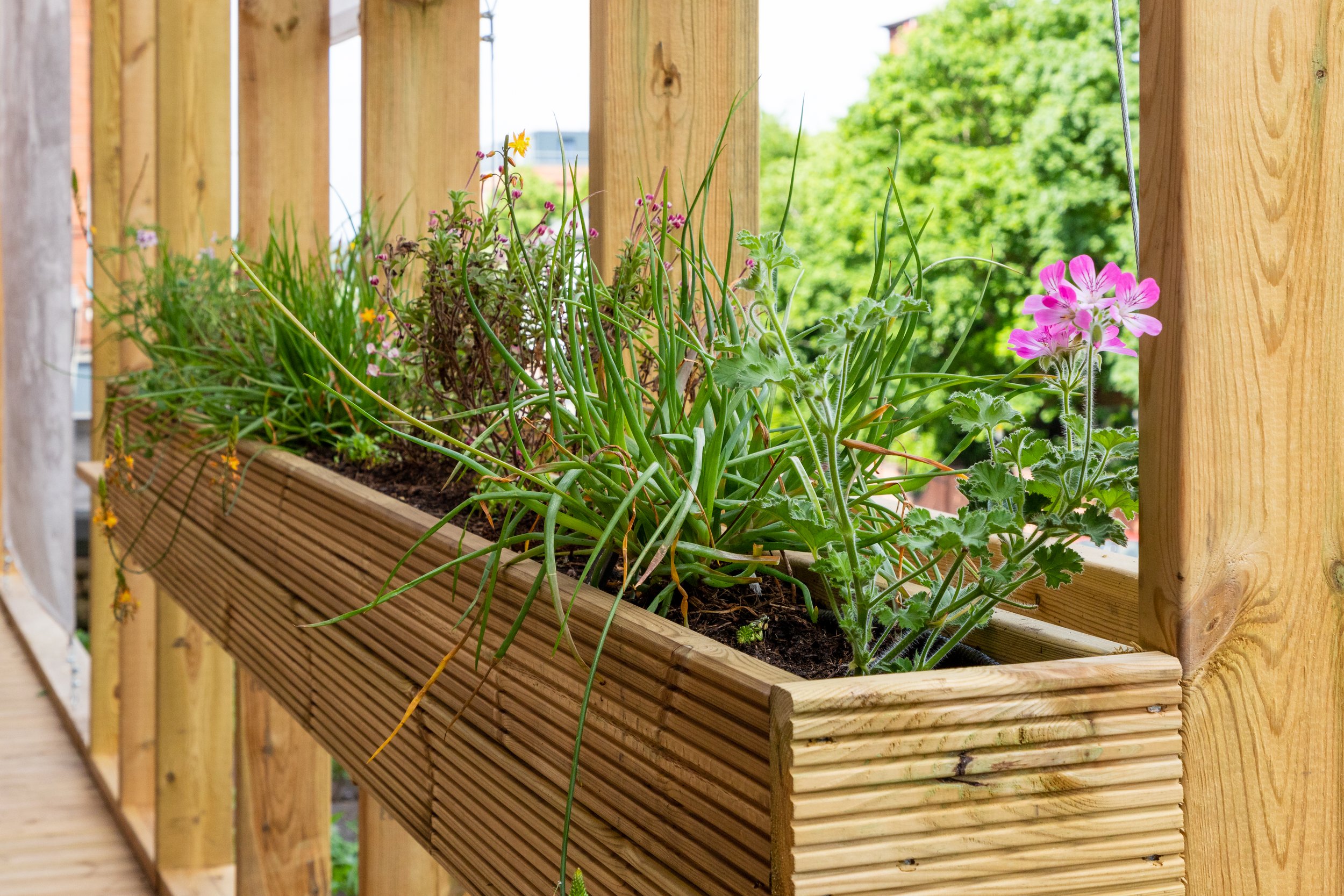
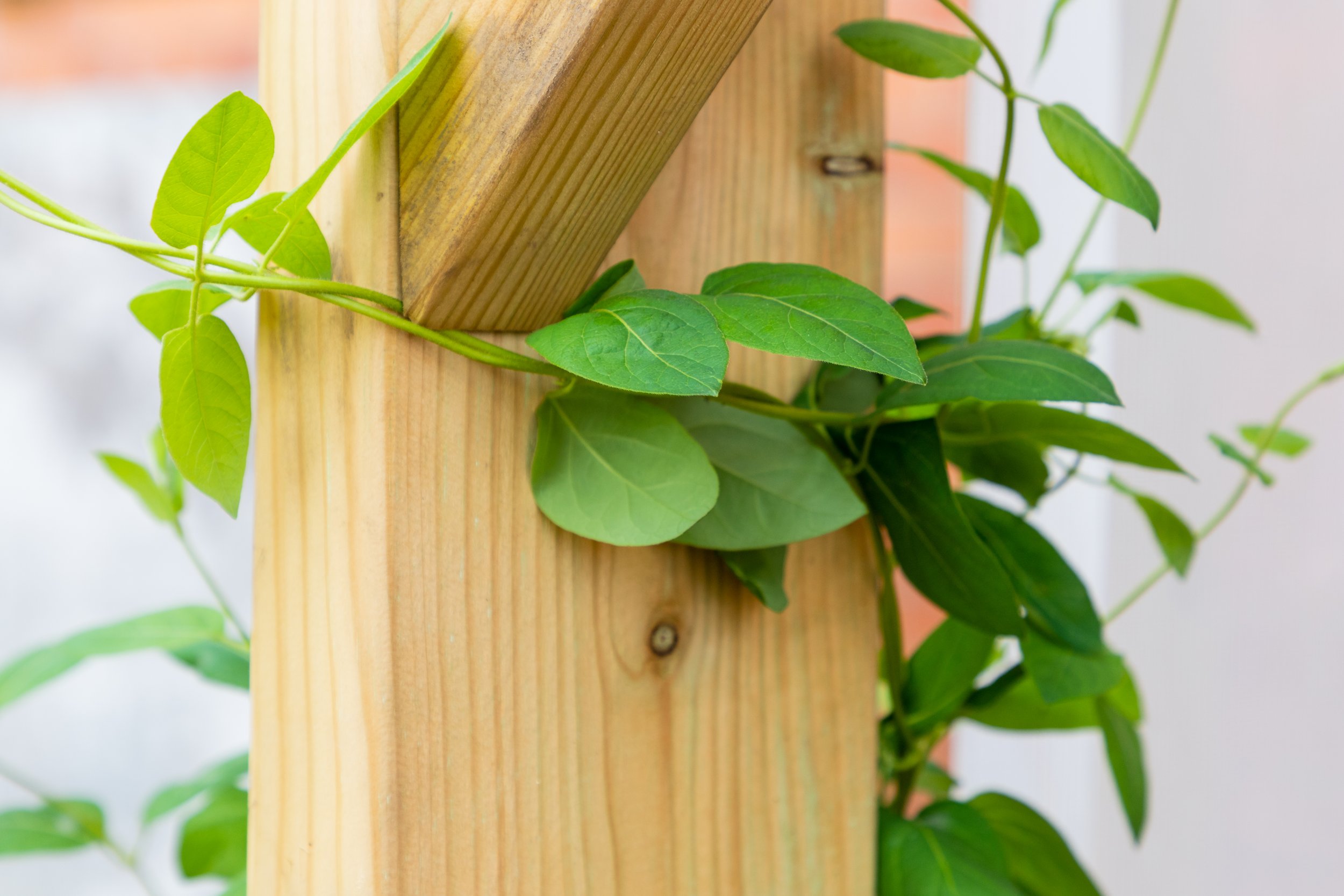
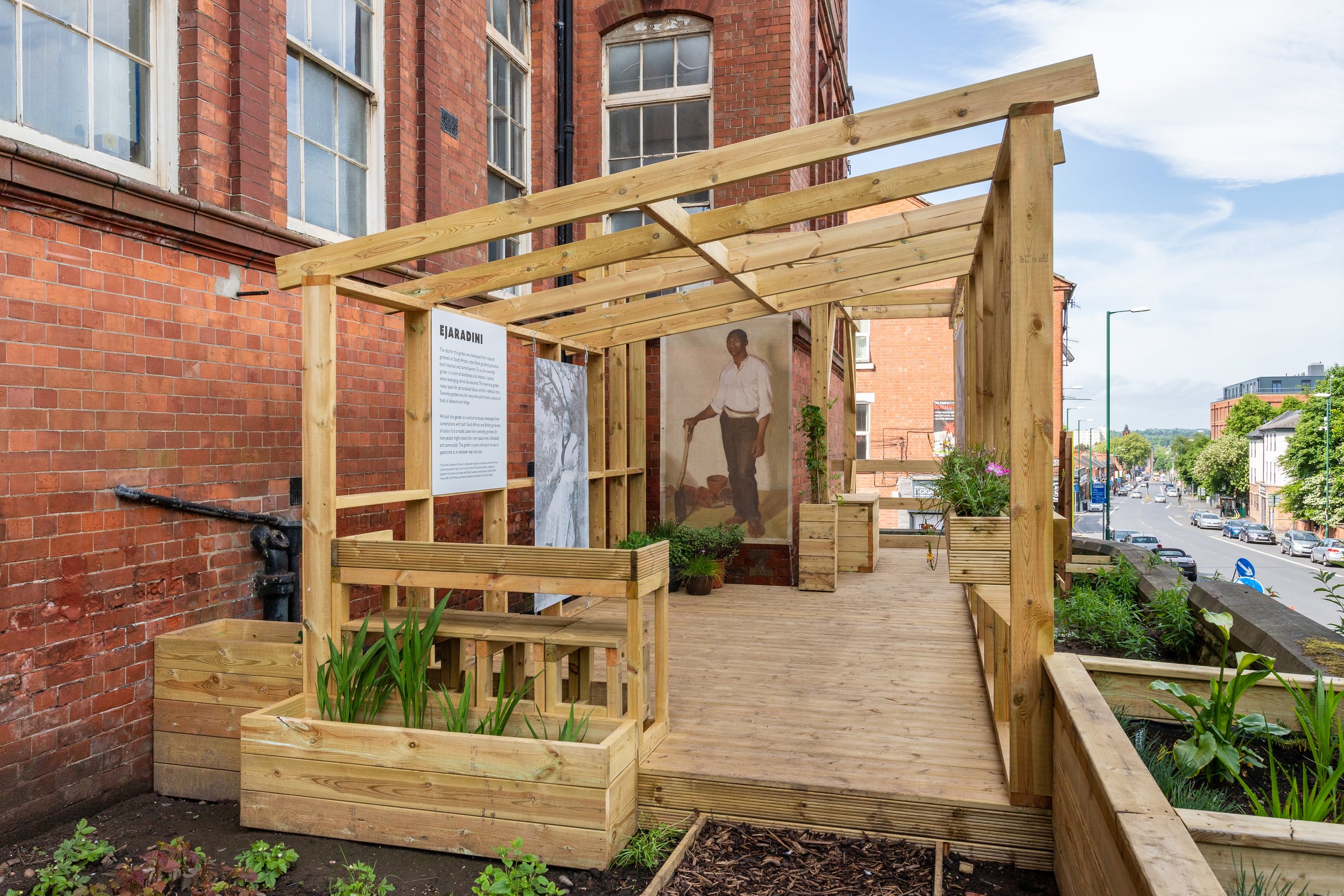
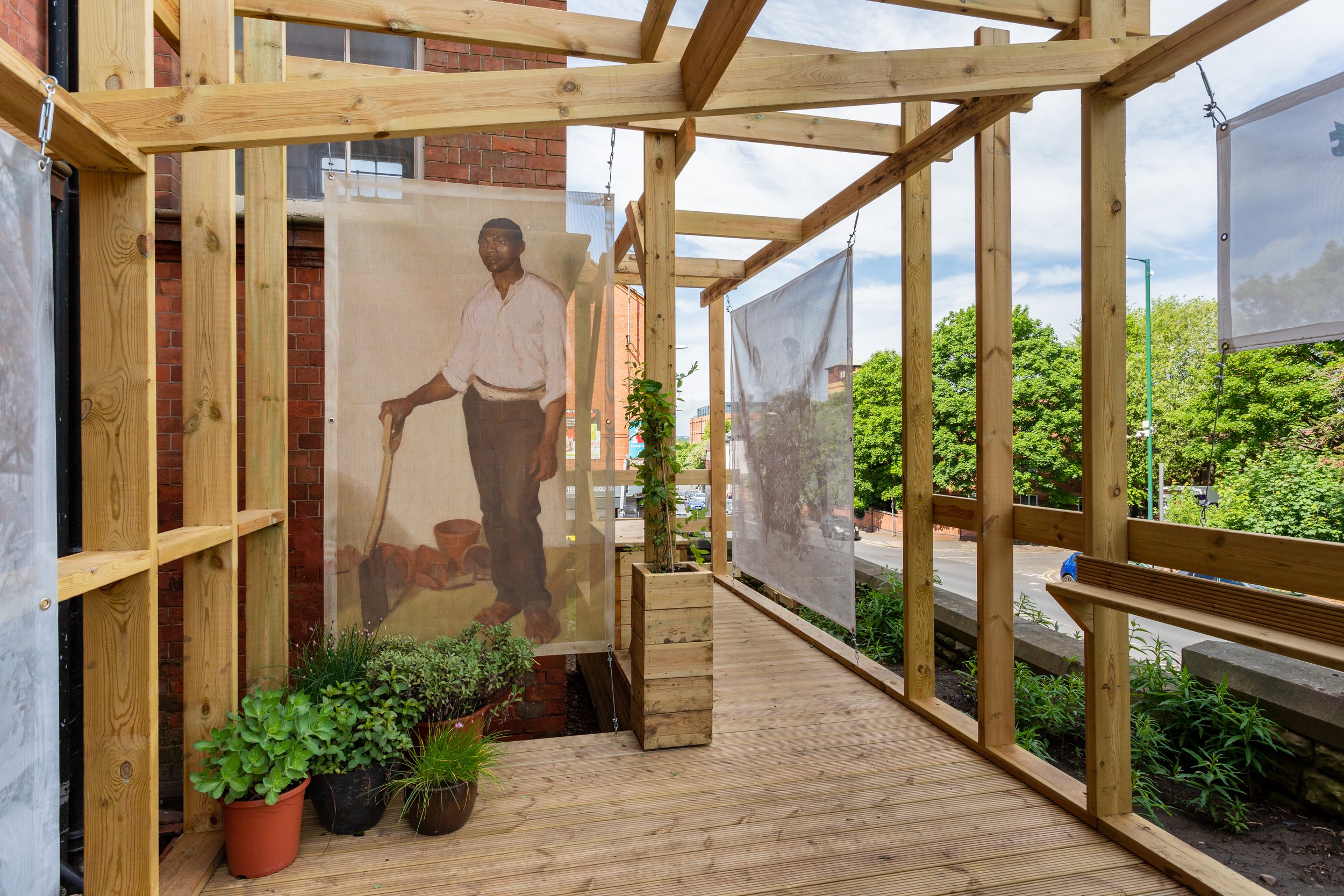
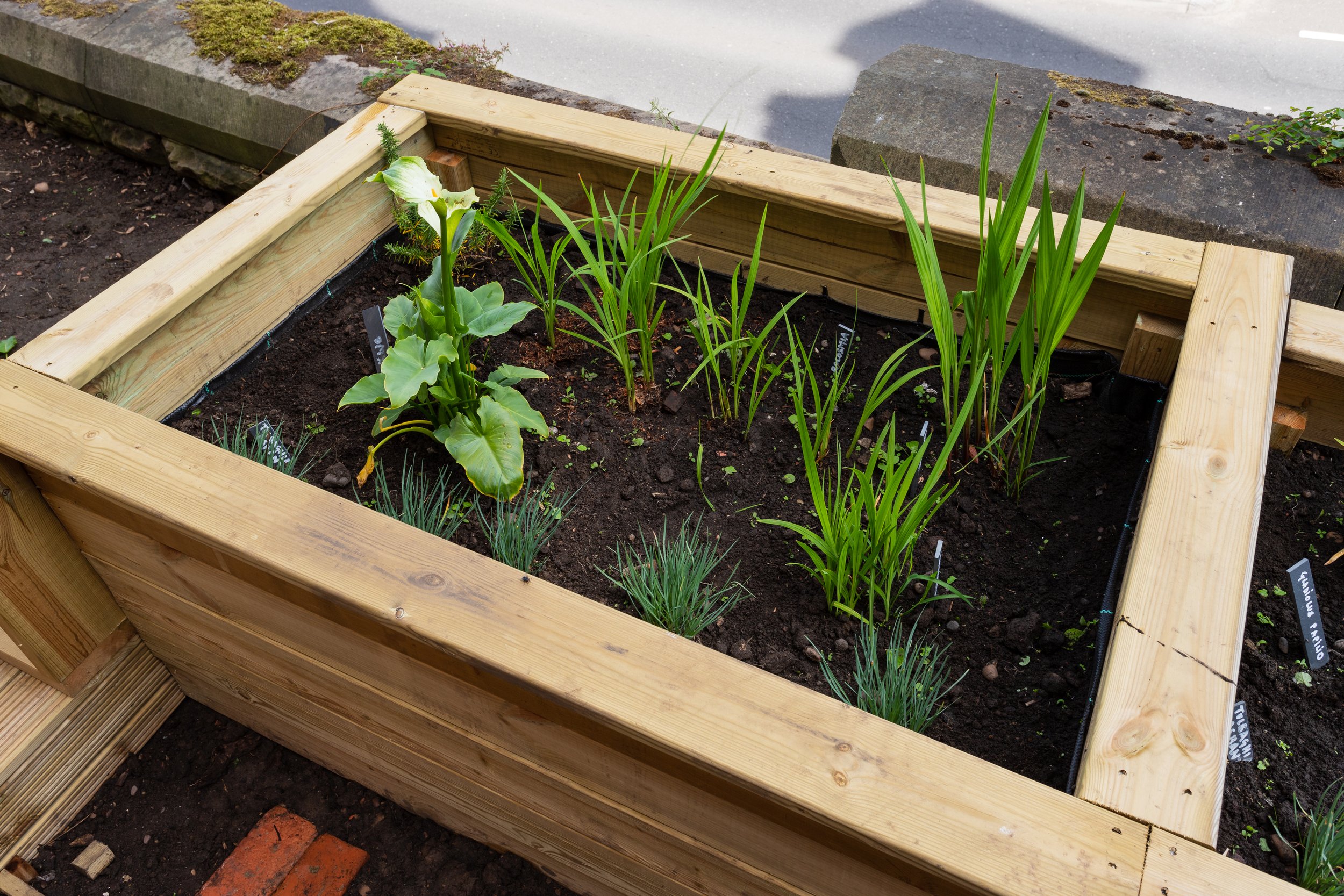
The archival photographs in Ejaradini explore how Black communities living under apartheid chose to represent themselves through the medium of photography. They reflect the different forms of sociality forged within the urban, Black garden between individuals and between people and other-than-human life. They also visualise the respectability of their sitters. Through subtle signifiers such as clothing, pose, and importantly, the garden – the photographs convey indicators of subjectivity and selfhood. Related to this is ‘Portrait of a Black Gardener’, one of the first full-length portraits of a Black person in British art, painted alone and depicted as an individual.
Plants
The plants in Ejaradini have interesting stories and uses. We would like to share some of the narratives behind the plants with you, stories that weave many strands of colonial inheritance. We also invite you to share your knowledge of plants with us and our communities. Try and identify the plants in the garden and share your photographs with us by using #Ejaradini on Social Media.
Agapanthus africanus “African lily” (referred to as Isicakathi by Landedness artist, Zethu Maseko)
Six species occur in South Africa. Agapanthus has various medicinal uses and is considered the plant of pregnancy and fertility. For example, a decoction of roots and rhizomes can be used as antenatal medicine in the later stages of pregnancy. Lab studies have evidenced the positive effects of this natural medicine on the uterus.
Buddleia davidii "Black Knight"
Buddleia species were named after an English rector, Rev Adam Buddle. They originate from Asia, Africa, and North and South America. Many varieties in South Africa have interesting medicinal uses. Buddleia davidii, the variety we are planting here, has spread too enthusiastically in South Africa and threatens the native species. It is classified as an Invasive Alien species in South Africa that has to be controlled. This variety, “Black Knight”, that we are planting in Primary, was bred in the Netherlands from a variety that originated in Japan.
Crocosmia “George Davison”
This plant is native to South Africa and is commonly known as Montbretia. Crocosmia is used in traditional medicine to treat dysentery. The plant was introduced to the UK in 1880. This variety is named after George Davison, who, whilst working as a Head Gardener in 1895, named the first hybrid after himself and he is now seen as the father of British Crocosmia.
Disclaimer: Before using any plants as medicine, you should check with a herbalist.
The Ejaradini installation at Primary is made possible through the contributions of Alex Pain, Primary Curators and gardener Audrey Leach. It is part of Here, There & Everywhere, a collaborative programme led by New Art Exchange with Delfina Foundation, Eastside Projects, QUAD/FORMAT, Primary, MAC and The Tetley, and funded by Ambition for Excellence (Arts Council England).
Taken place over a weekend in Summer 2021, the Ejaradini Garden Talks by the South African artist collaboration were a series of casual talks in the gardens of Nottingham growers, with guest speakers at the invitation of MADEYOULOOK and Primary. We were joined by Carole Wright from Blak Outside, Charmaine Binns, and hosts Lisa Henry and Charles Nembhard (aka Selector Bronson) alongside participants to develop a 'community of practice' among Black and Brown communities. The talks and the larger Ejaradini project seek to think through how gardening can operate as a strategy to consider place-making, Black interiority, belonging and sanctuary.
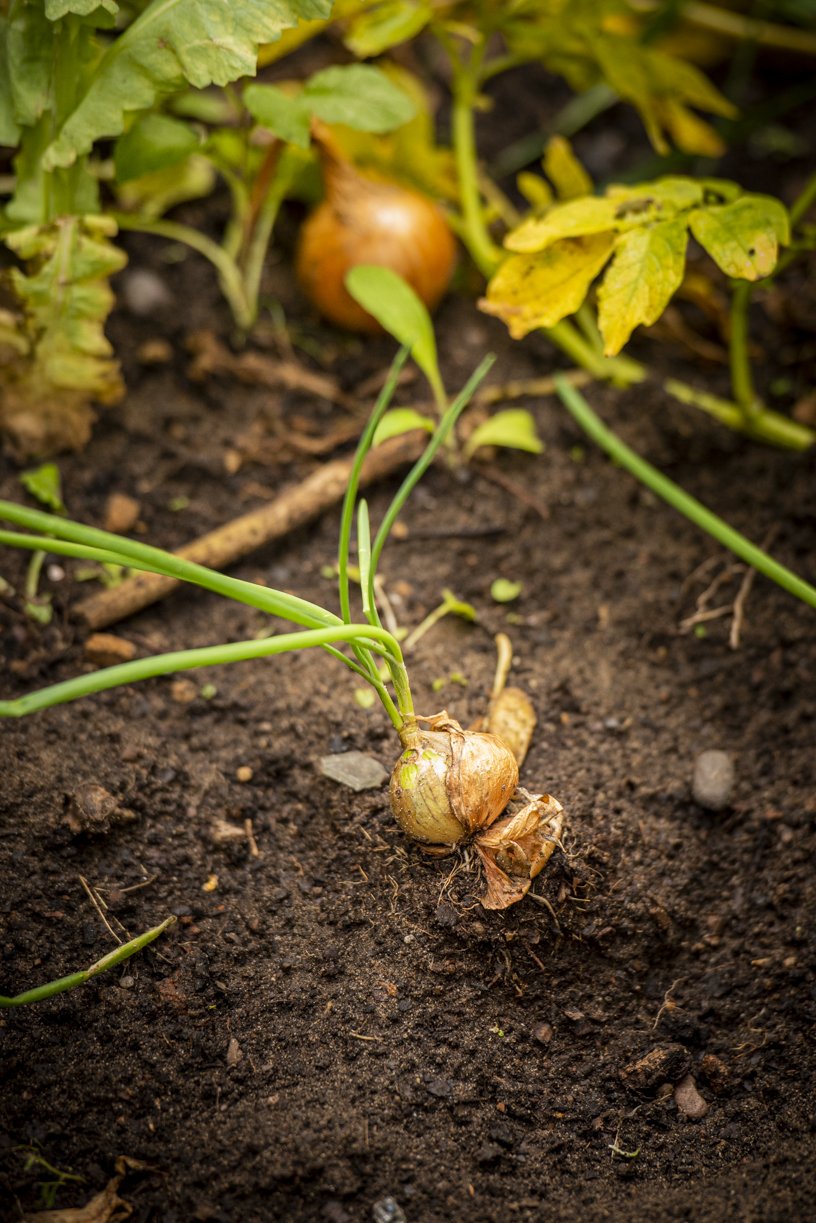
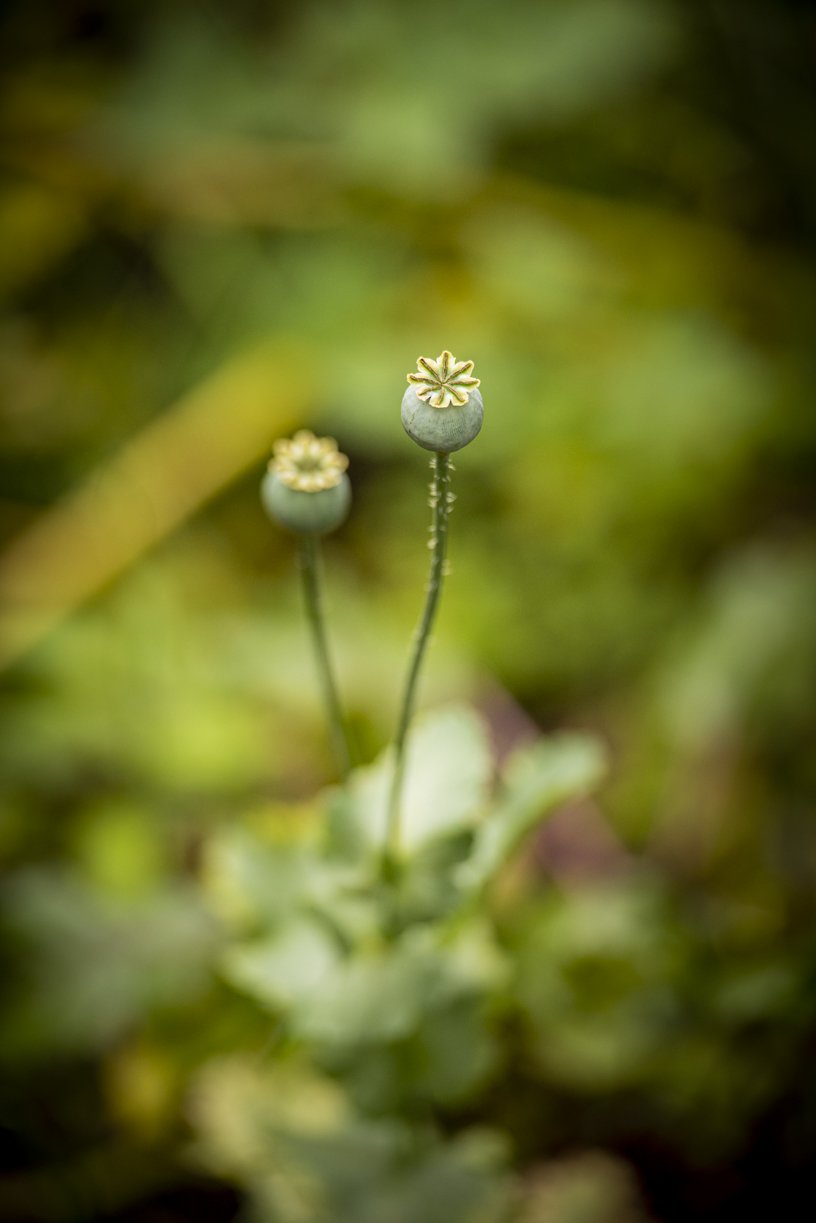
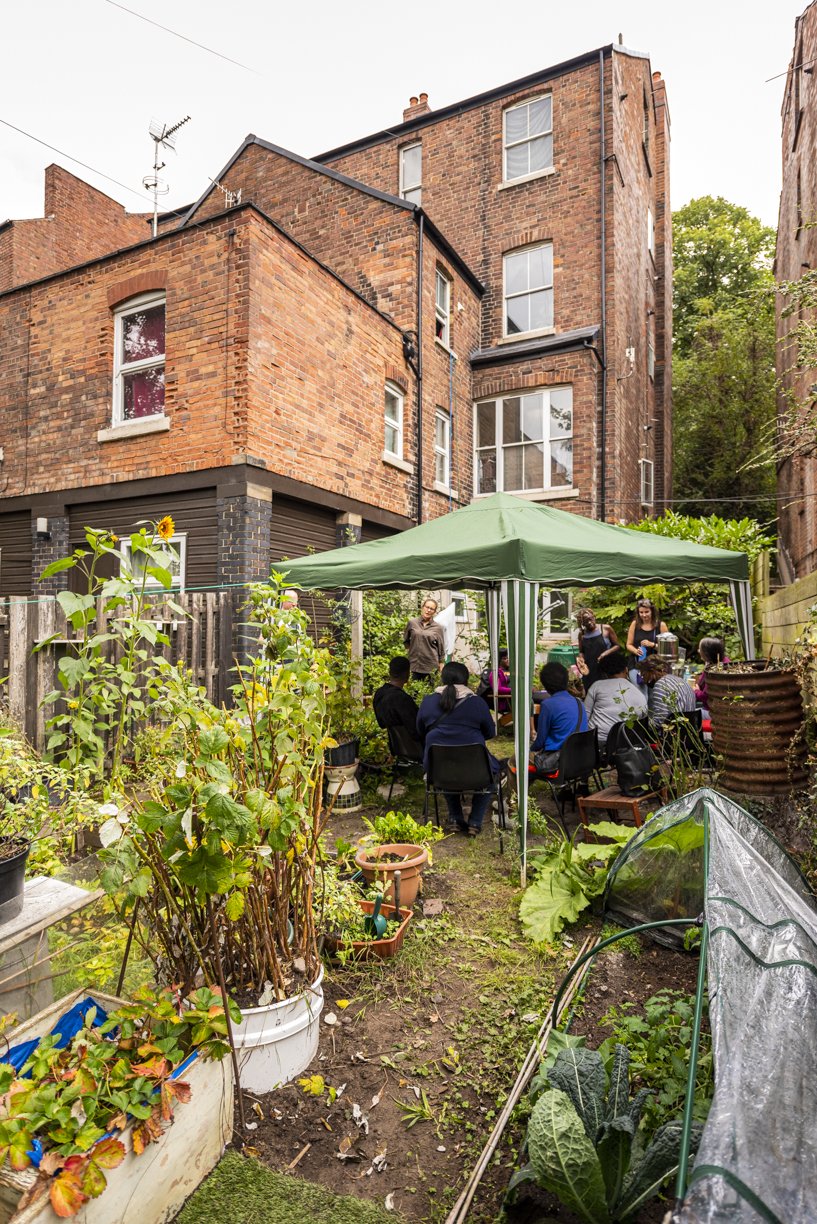
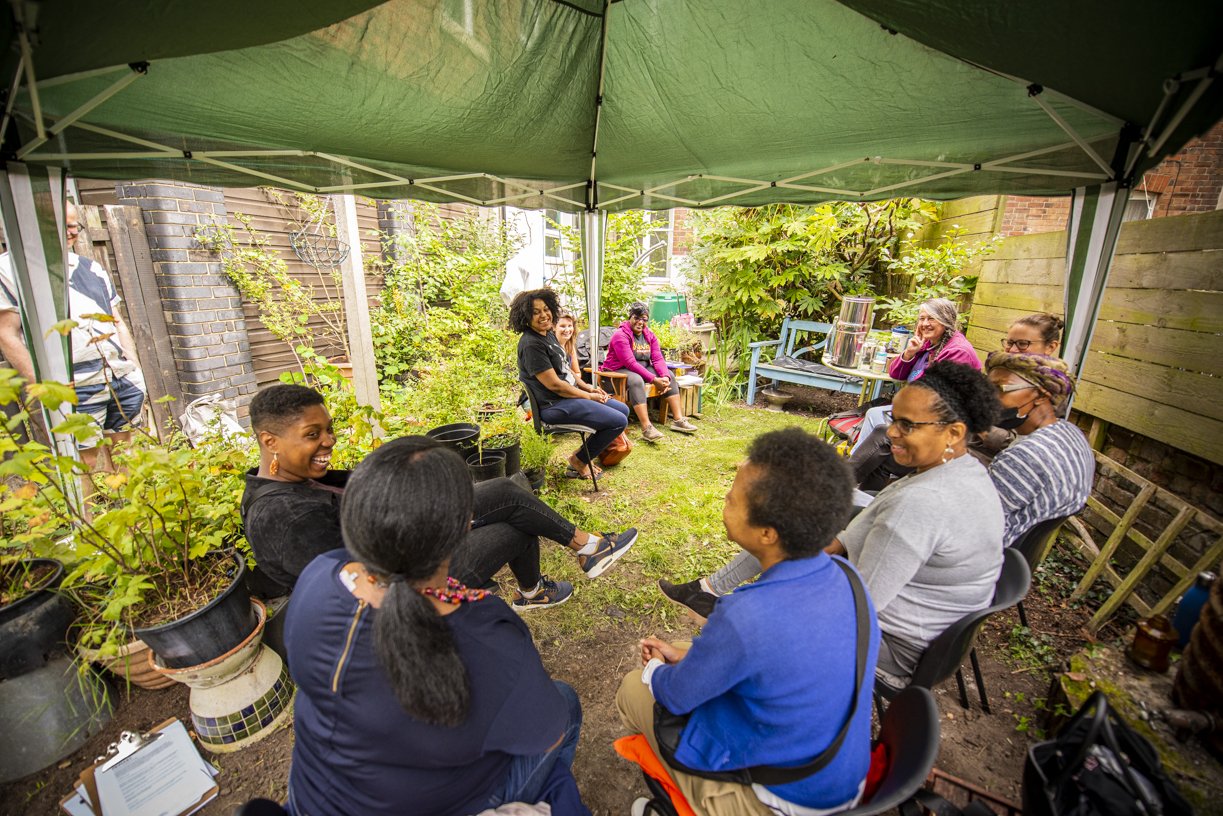

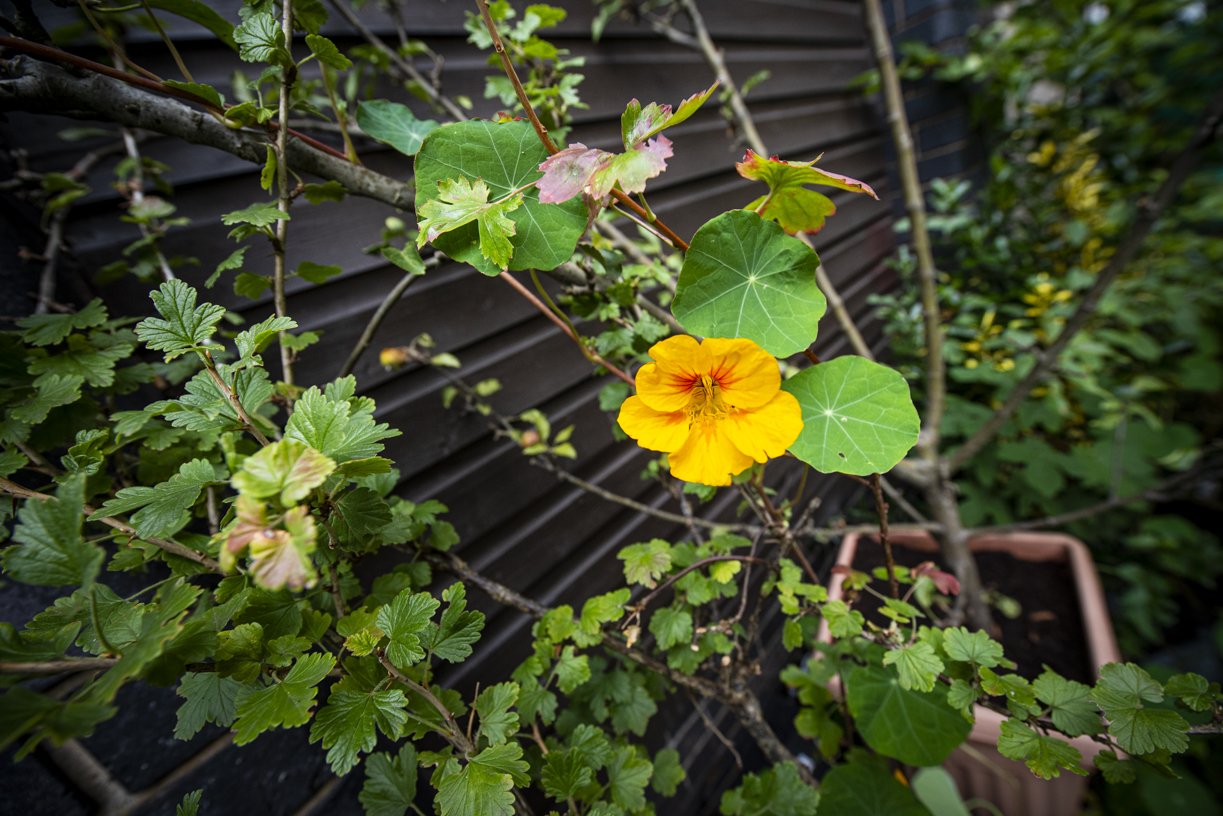
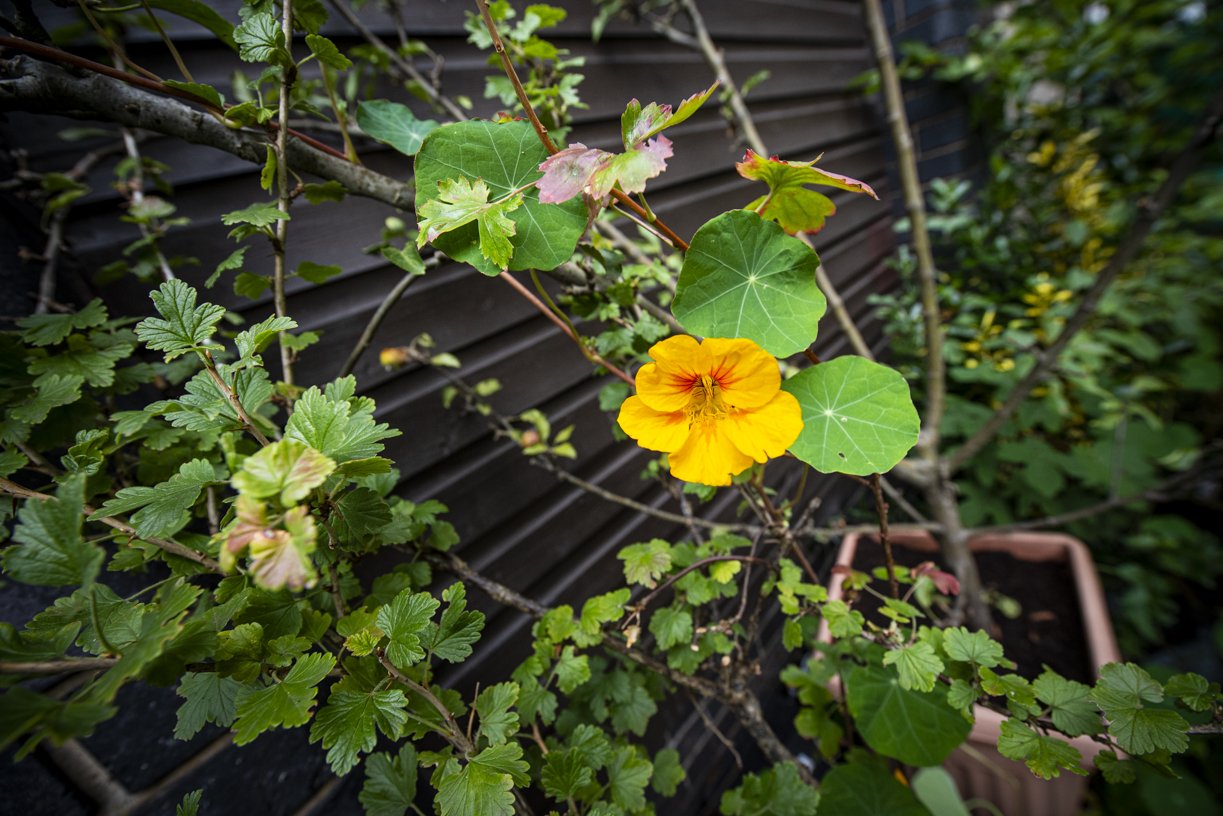
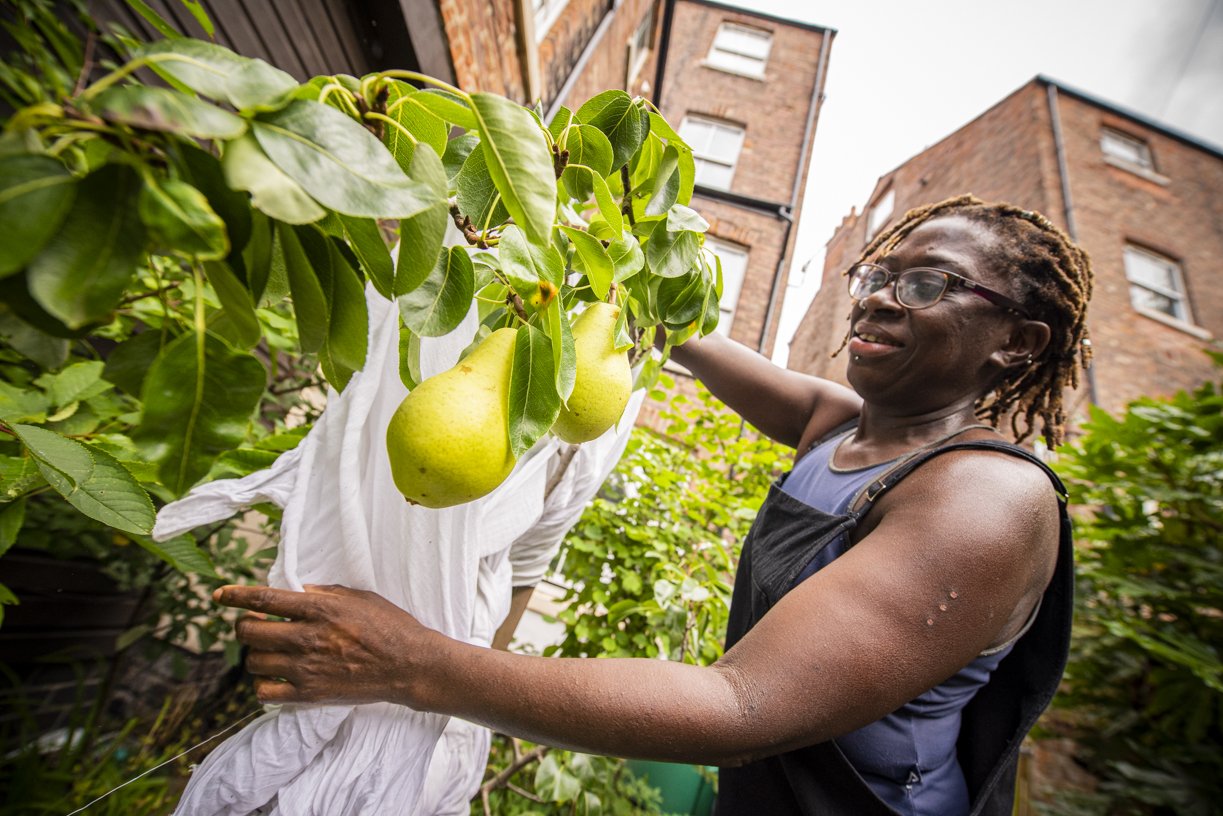
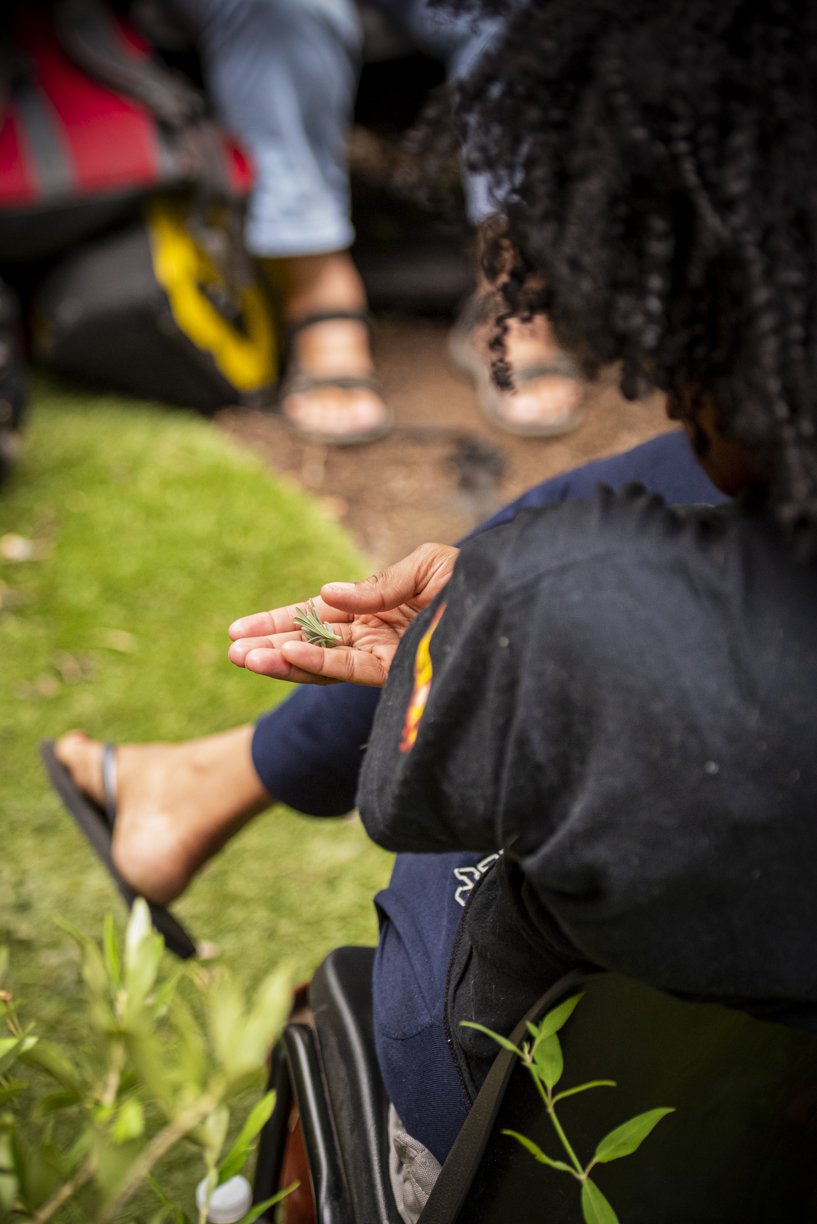
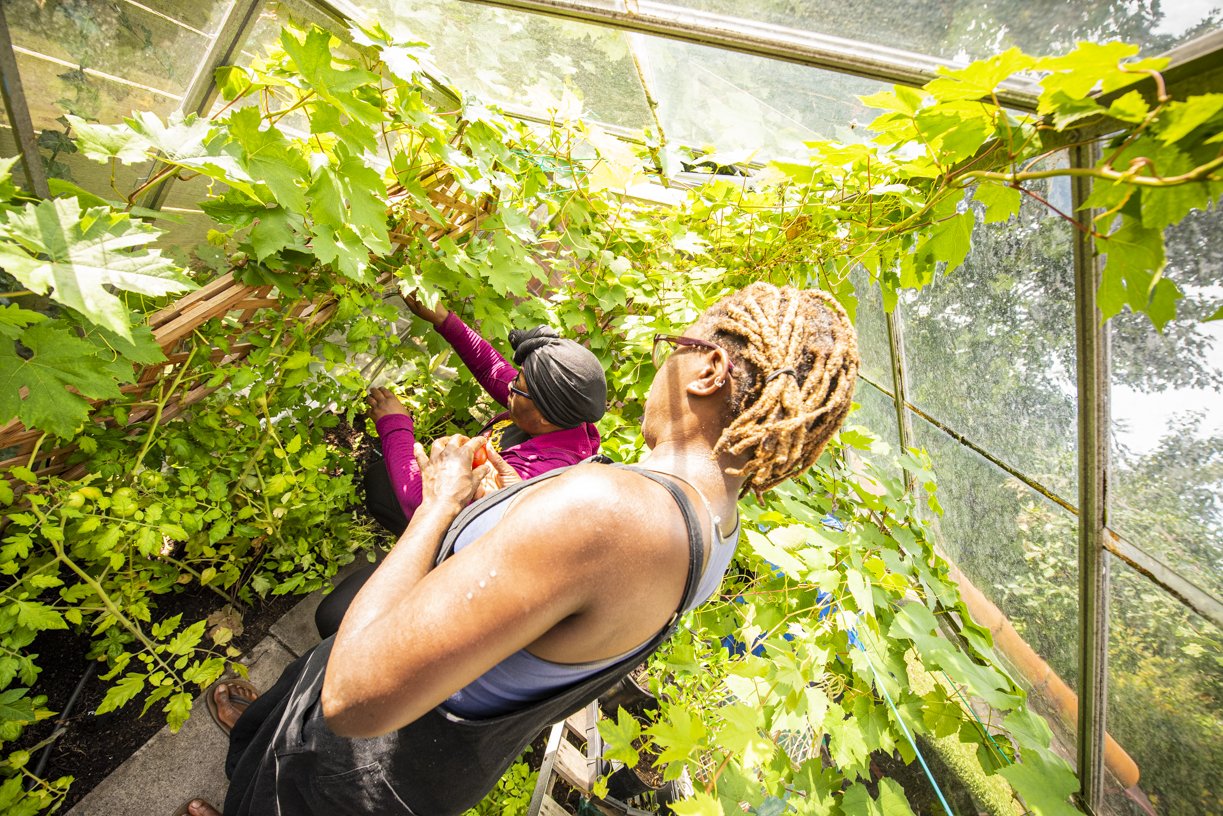
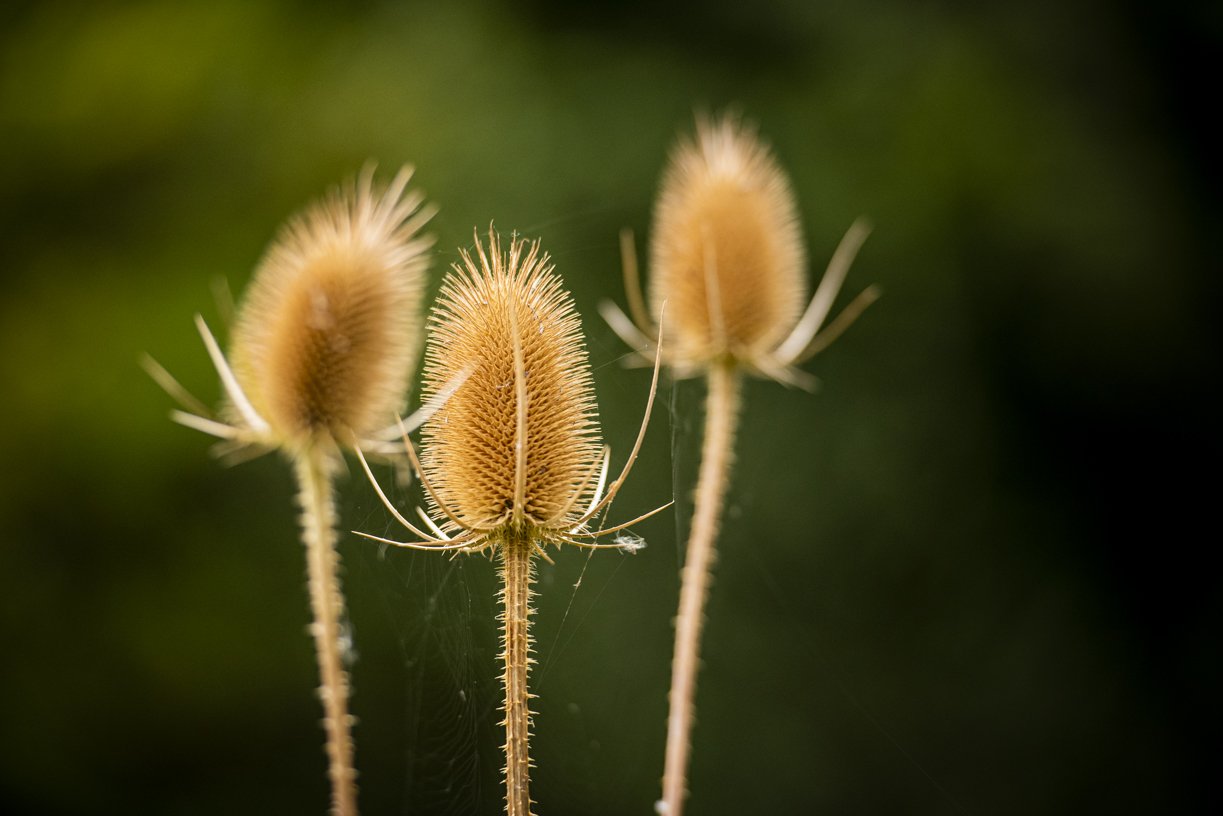
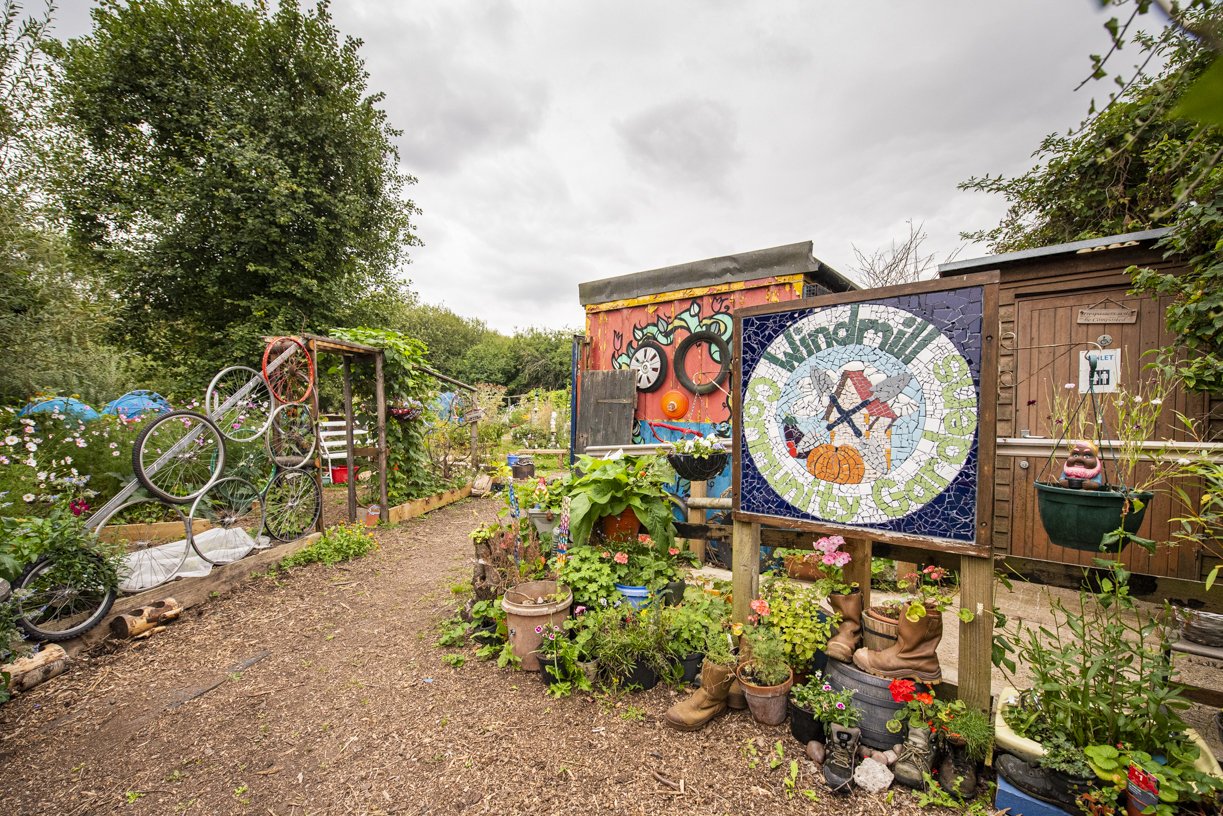
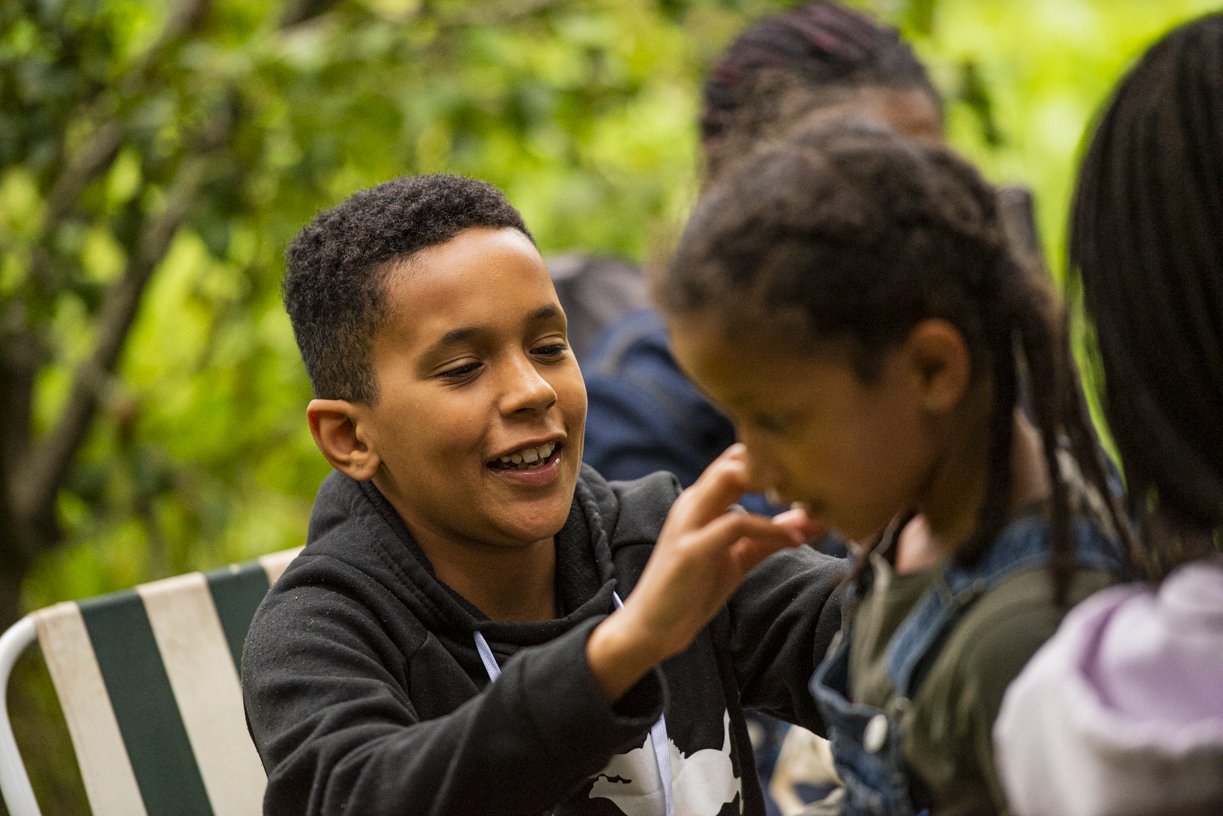
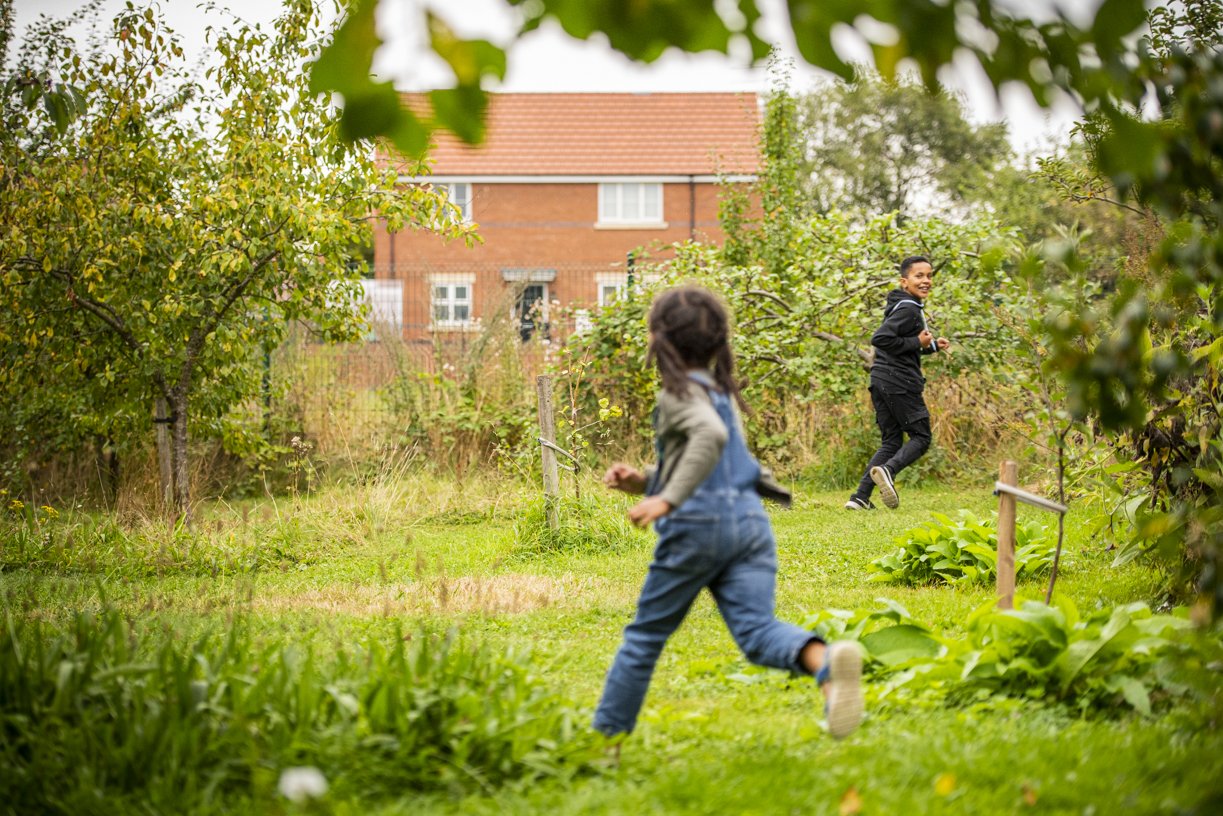
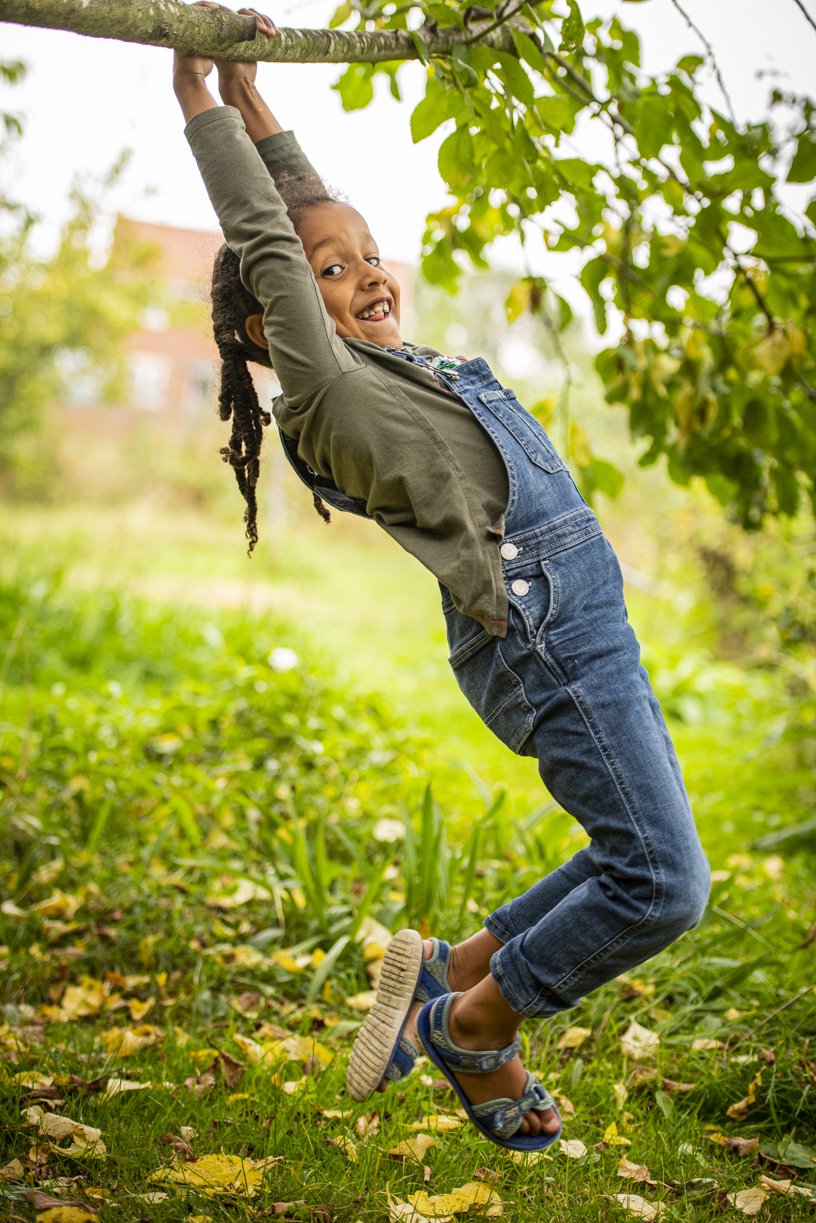
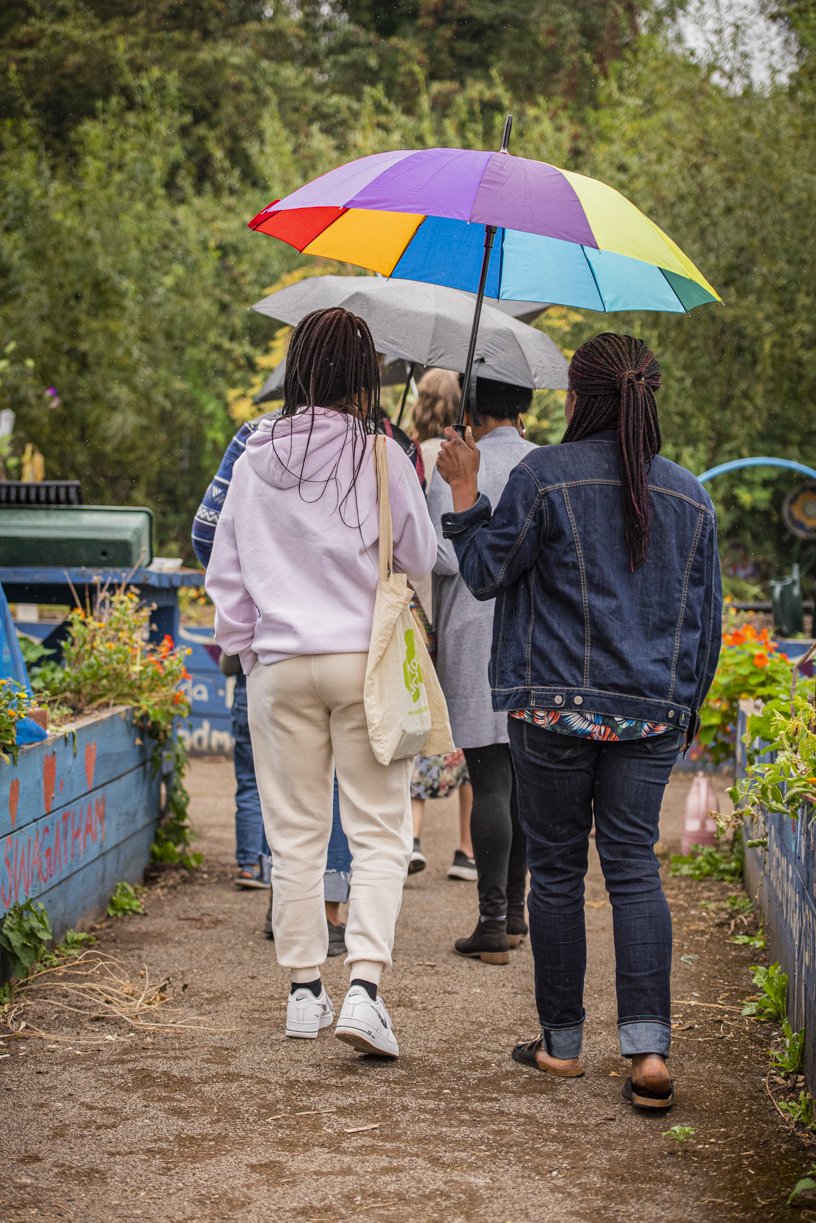
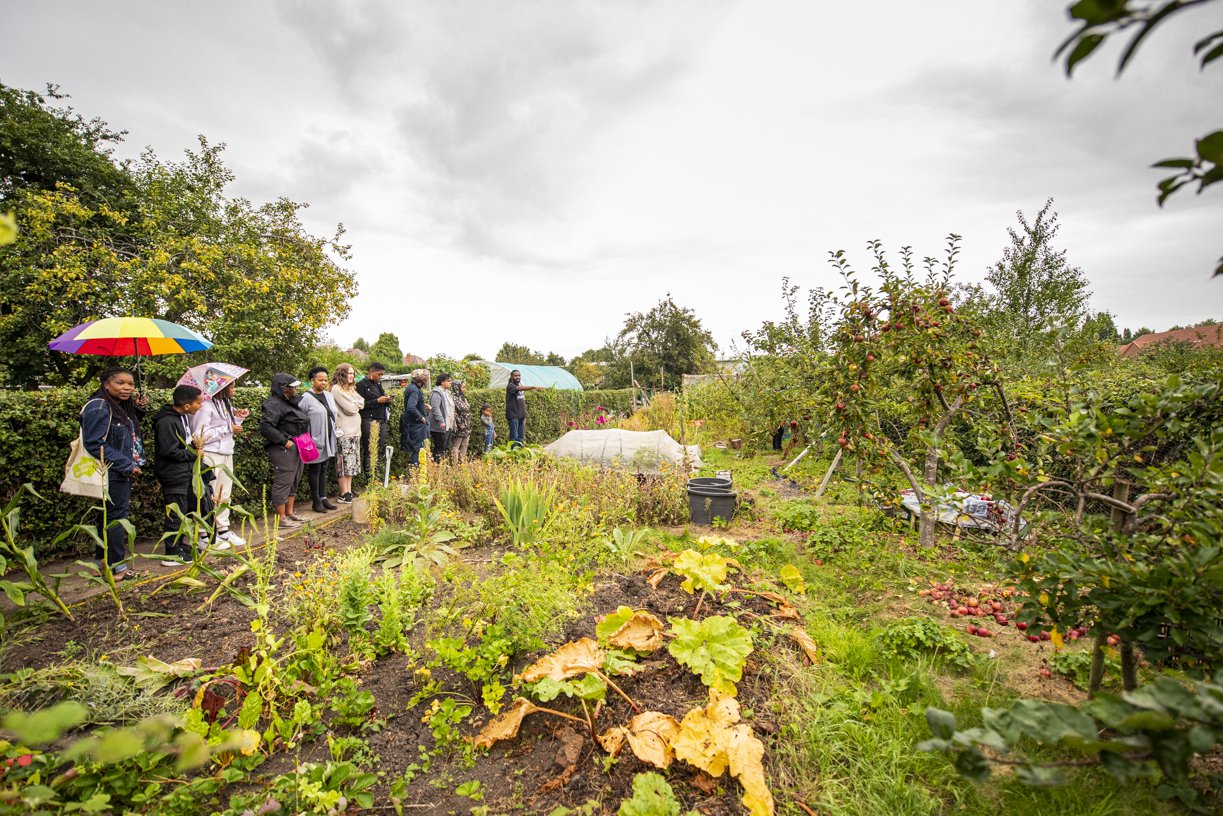
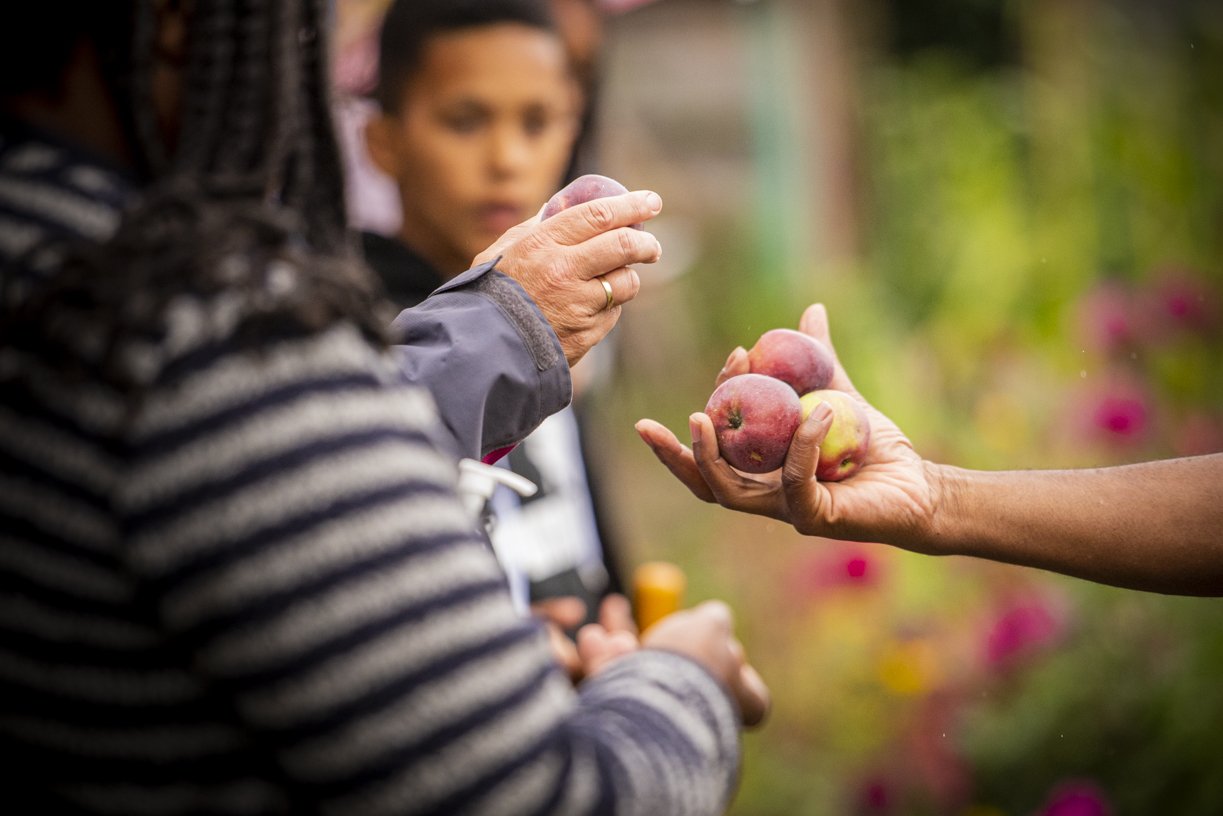
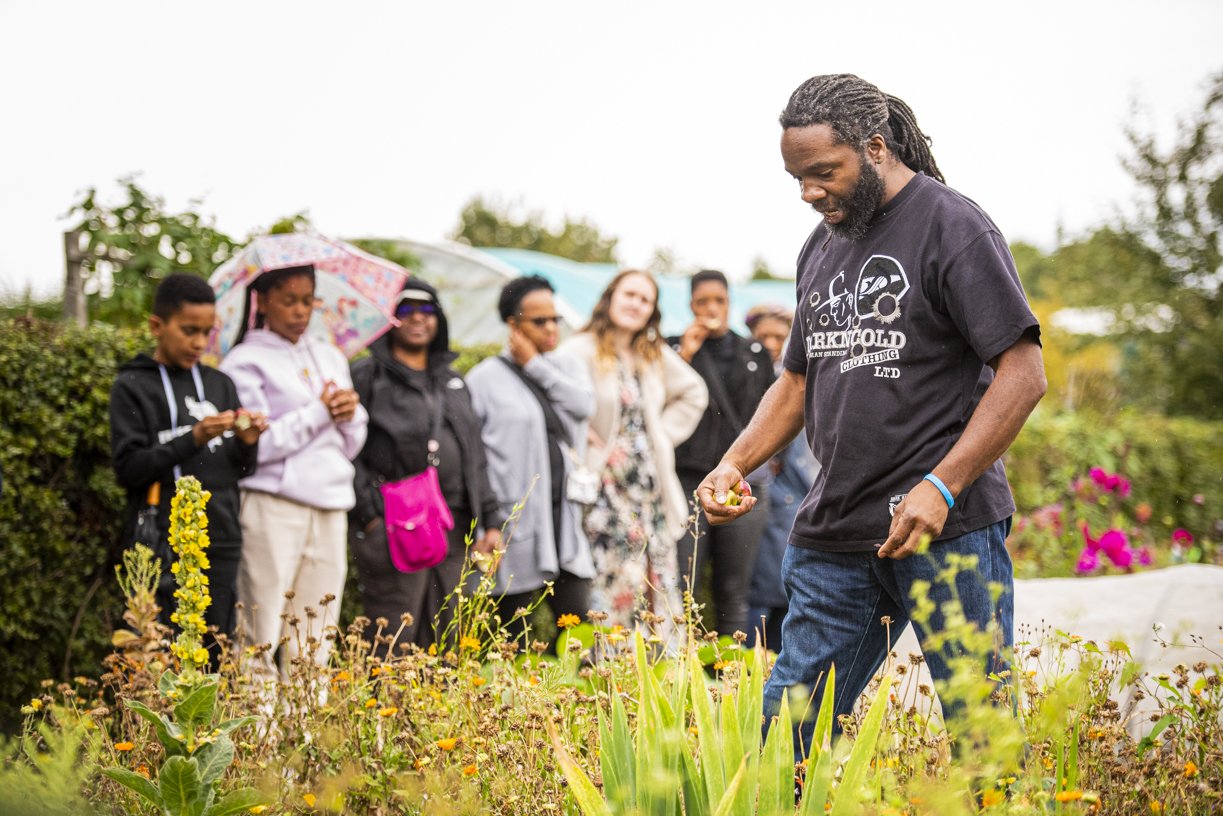

On the last day of the Ejaradini Garden Talks, we celebrated with a South African ‘Chillas'—a social hang out with food and drinks, with reggae music by Charles aka Selector Bronson.
The mix features tracks from Bunny Wailer, Bob Marley, Justine Hinds, Pioneers, Freddie McGreggor, Alton Ellis, Prince Buster, Derek Morgan, Barrington Levy, Chronixx, Koffee, Noah Powa, Shenseea, Assassin, Stylo G ... , specials from Busy Signal, Gappy Ranks, Publik Report - Kemar, YT, Chukki Starr, Luciano, Raphael Tate, Admiral Tibet, Freddie McGreggor, Blackstones & Courtney Melody. Two pre-release tracks from Kemar on Oxossi records from Charles Bronson.
Between Autumn 2020 and Spring 2021, MADEYOULOOK undertook a remote residency with Primary, continuing their ongoing research into the powerful implications of Black urban gardening.
Within a South African context, MADEYOULOOK has considered how personal gardens have featured in the lives of ordinary Black people, particularly under the difficult circumstances of forced removals, migration, and the challenges of labour politics. During their residency, MADEYOULOOK interviewed gardeners, activists, artists and writers of colour in Britain and South Africa, bringing these voices together in the Gardens of Others podcast series.
Over three episodes, these podcasts explore the ways in which people’s relationships with plant life and the land, serve as a microcosm of not only the concerns of contemporary political life, but also of the ways in which we might learn to live together.
How to listen:
Episode 1 - The Beginnings Of Outside is now live on Soundcloud.
Episodes 2 - Walking Inwards: On Black Interiority is now live on Soundcloud.
Episode 3 - Finding Nowhere is now live on Soundcloud.
Credits:
Podcast producers: MADEYOULOOK
Contributors: Josina Calliste, Sui Searle, Ama Josephine Budge, Zakiya McKenzie, Carole Wright, Juliet Sargeant, Charles Nembhard, Navi Kaur, Mphathi Motha, Simangele Siko.
Editors: Daniel Basckin and Andrei van Wyk
Thanks to: St. Anne’s Allotment, Garden Museum UK, Janine Nelson, Mo Cooper, Pandeani Liphosa and Ngilima Photography Archives.
This research residency is part of Here, There & Everywhere, a collaborative programme led by New Art Exchange with Delfina Foundation, Eastside Projects, QUAD/FORMAT, Primary, MAC and The Tetley, and funded by Ambition for Excellence (Arts Council England).


